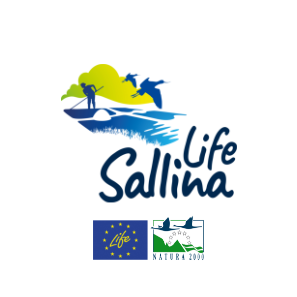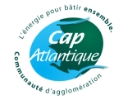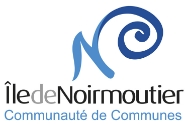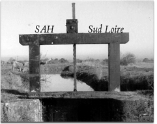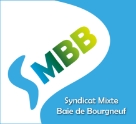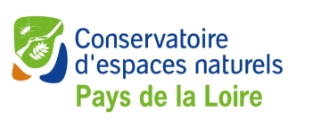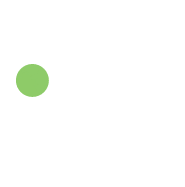Presentation
A follow-up is carried out every year on all the islands created / restored between April and July, at the rate of a weekly passage by basin. During this monitoring, the number of nesting pairs, banded individuals and chicks in flight is noted in order to precisely assess the success of the nesting.
On the Guérande peninsula and the Millac marsh, this monitoring is extended to the entire site.
Goals
The objective is to assess the effectiveness of the work to create and maintain nesting islands as well as the hydraulic management implemented in the basins using the following indicators:
- Presence and number of breeding pairs on the islands created / restored.
- Success rate at take-off (at least 0.8 young at take-off / breeding pair of Pied Avocet – Recurvirostra avosetta).
- Significant contribution of LIFE basins for the nesting of the Pied Avocet (reception of 30% of the breeding population of the Guérande peninsula and 10% of the breeding population of the Marais Breton on the LIFE islets of Noirmoutier and Millac ).
Advancement
Monitoring started in 2019.
The results
Marais de Millac:
Monitoring is carried out by LPO Loire-Atlantique on behalf of the Syndicat Mixte de la Baie de Bourgneuf on the entire Marais de Millac with a focus on the 30 LIFE pools.
2019: 28 to 43 pairs of Pied Avocets are listed on the Millac marsh. This data constitutes the zero state of the site.
2020: 44 to 53 nesting pairs are identified, including 35 pairs in a LIFE pool that have undergone ecological restoration with the creation of islands (0 pairs in 2019 in this pool). Productivity in the Millac marsh is 0,34 fledglings (only 0,14 in the LIFE pool due to strong predation).


